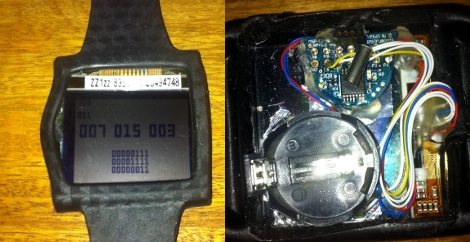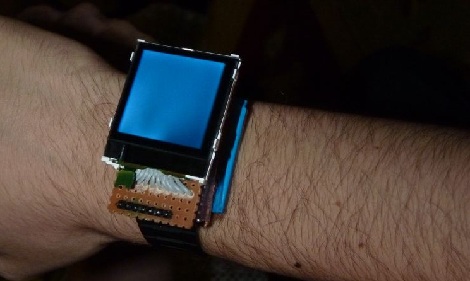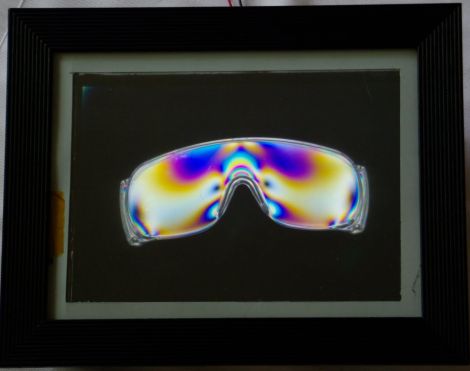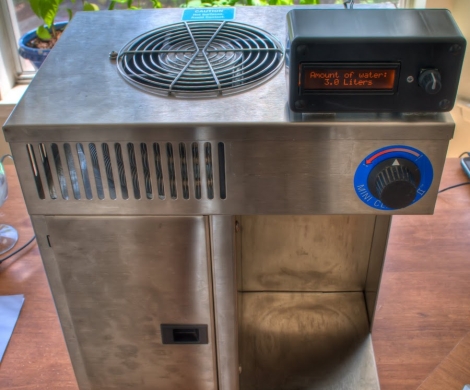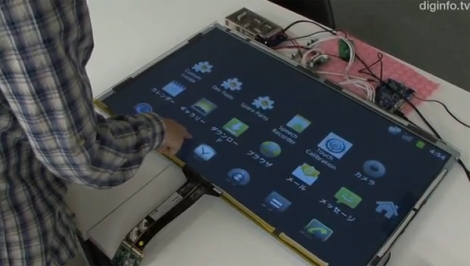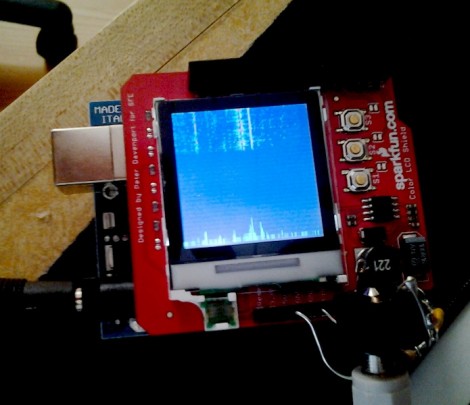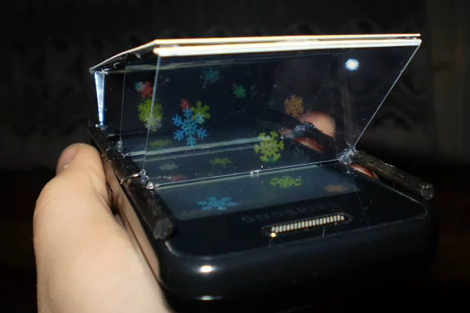
Here’s a simple concept that will let you turn any LCD screen into a multidimensional display (translated). [Herdek] used bits of that impossible to open clear plastic packaging to construct this add-on for the smart phone seen above. Three pieces of the material have been mounted at a 45 degree angle between the screen and viewer. The material is both reflective and transparent, depending on the angle at which light hits it. This allows it to reflect the light from the screen toward the viewer, but let light from the baffles behind it pass through unimpeded. The three baffles allow the LCD to be partitioned into three different sections whose images will appear to be at different depths according to the viewer’s vantage point. After the break we’ve embedded a demonstration video, as well as the how-to that shows the construction technique for the add-on.
This follows the same concept at the pyramidal volumetric display, which is still one of our favorite LCD hacks.
Continue reading “Building A Multidimensional Display From Trash”

